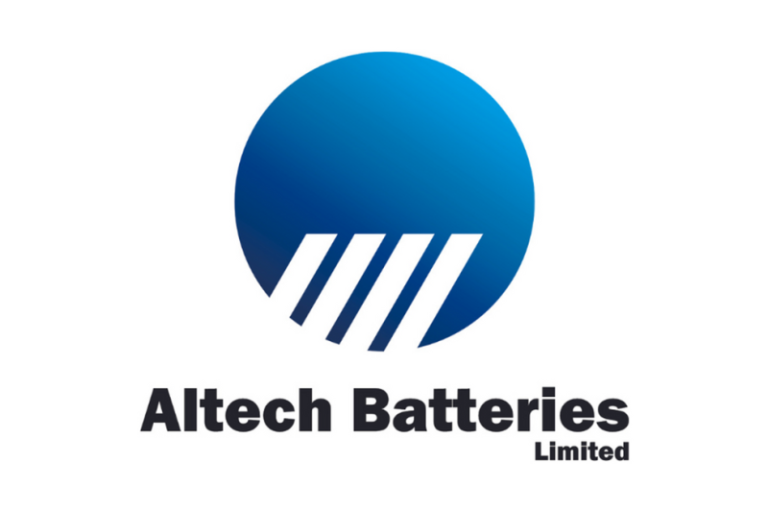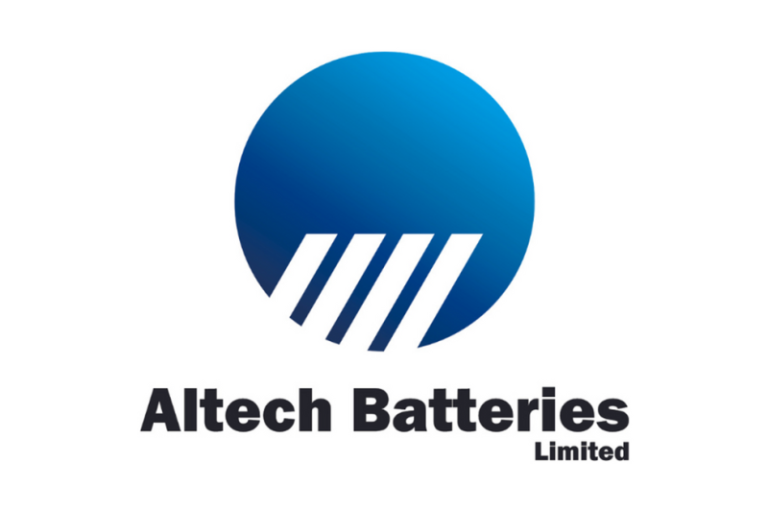Here’s a quick recap of the crypto landscape for Wednesday (September 10) as of 9:00 p.m. UTC.
Get the latest insights on Bitcoin, Ethereum and altcoins, along with a round-up of key cryptocurrency market news.
Bitcoin and Ethereum price update
Bitcoin (BTC) was priced at US$113,543, a 1.9 percent increase in 24 hours. Its highest valuation of the day was US$114,246, and its lowest was US$112,205.
Bitcoin price performance, September 10, 2025.
Chart via TradingView.
Bitcoin broke through US$114,000 on Wednesday after US producer price index numbers for August came in lower than expected, thanks to a decline in the cost of services.
Crypto trader Rekt Capital has identified US$113,000 as a potential resistance zone.
“Each rejection from $113k (red) has yielded shallower and shallower pullbacks,” he commented. ‘It has taken some time but it is increasingly looking like $113k is weakening as a point of rejection.’
“It’s unlikely Bitcoin has already peaked in its Bull Market because that would effectively mean that this cycle was one of the shortest of all time,” he said in another post, suggesting Bitcoin could have more room to run.
Ether (ETH) was priced at US$4,324.50, an increase of 0.7 percent over the past 24 hours. Its highest valuation on Wednesday was US$4,437.72, and its lowest was US$4,305.60.
Altcoin price update
- Solana (SOL) was priced at US$221.78, an increase of 2.4 percent over the last 24 hours. Its highest valuation on Wednesday was US$224.95, and its lowest level was US$219.27.
- XRP was trading for US$2.98, up by 0.4 percent in the past 24 hours. Its highest valuation of the day was US$3.02, and its lowest valuation was US$2.96.
- SUI (Sui) was valued at US$3.55, up by 2.3 percent in the past 24 hours. Its highest price on Wednesday was US$3.62 and its lowest was US$.351.
- Cardano (ADA) was priced at US$0.8757, up by 1.5 percent over 24 hours. Its highest valuation on Wednesday was US$0.8933, and its lowest was US$0.8726.
Today’s crypto news to know
Klarna secures US$1.37 billion in New York IPO
Klarna (NYSE:KLAR) raised US$1.37 billion in its US initial public offering (IPO) this week, marking one of the largest fintech listings of the year and a potential catalyst for other high-growth firms eyeing Wall Street.
The Swedish buy-now-pay-later company sold 34.3 million shares at US$40 each, topping its expected price range and valuing the firm at roughly US$15 billion. Investor appetite was strong, with the deal oversubscribed 25 times. The figure, however, is still far below the US$45 billion valuation it commanded at the peak of its pandemic surge.
Klarna, backed by Sequoia Capital, has been unprofitable since expanding aggressively in the US, where costs have climbed faster than revenues. The company’s losses widened to US$52 million in the second quarter, but overall sales still grew nearly 21 percent year-on-year.
SEC unveils ‘bold blueprint’ for crypto regulation
At an Organization for Economic Cooperation and Development roundtable in Paris, France, on Wednesday, US Securities and Exchange Commission (SEC) Chair Paul Atkins outlined a “bold blueprint” to accommodate blockchain-based financial markets with modern securities regulations under the Project Crypto initiative.
“It is a new day at the SEC,” Atkins said. “Policy will no longer be set by ad hoc enforcement actions. We will provide clear, predictable rules of the road so that innovators can thrive in the United States.
Under the SEC’s new regulatory approach, most crypto tokens will not be classified as securities. The initiative also aims to modernize securities rules to enable crypto platforms to operate as so-called super apps that offer trading, lending and staking services under one unified regulatory framework. Additionally, the SEC is preparing for the expanding role of artificial intelligence (AI) in finance by creating an AI task force and encouraging innovation in agentic finance.
Paxos teams up with PayPal and Venmo for USDH stablecoin
Stablecoin issuer Paxos has updated its proposal to issue USDH, the planned stablecoin of decentralized exchange Hyperliquid, adding support from PayPal Holdings (NASDAQ:PYPL) and Venmo.
According to the announcement, PayPal will support both the HYPE token and USDH at its checkout, as well as provide US$20 million in incentives committed to the HYPE ecosystem.
The company will also integrate USDH into its payment app, Venmo and its money remittance service, Xoom.
Paxos indicated that USDH could achieve global circulation due to its regulatory status within the EU. “Paxos is the only issuer in the world today that can ensure that USDH can scale globally in a fully compliant manner,” it said.
The company reiterated that its commitment to Hyperliquid is structured so that “Paxos only wins if Hyperliquid wins,” meaning its revenue share from the USDH stablecoin only begins after reaching significant growth milestones, and all revenue from USDH will be reinvested into growing Hyperliquid and its ecosystem until it reaches a TVL of US$1 billion. Beyond a TVL of US$5 billion, Paxos will cap its revenue share at 5 percent.
Cboe to launch long-term BTC and ETH futures
Cboe Global Markets announced on Wednesday that it plans to launch 10 year continuous futures contracts for Bitcoin and Ether from November 10, 2025, pending regulatory approval.
Traditional futures contracts have short durations and expire regularly, requiring traders to roll their positions into new contracts, which can be complex and costly. Cboe’s proposed product means investors will be able to hold a position in Bitcoin or Ether futures for up to 10 years, offering a new way for investors to gain or manage long-term exposure.
These contracts are cash settled and priced in alignment with the real-time spot prices of Bitcoin and Ethereum, and will use a daily funding rate adjustment to keep the futures price closely tied to the underlying crypto price, functioning similarly to popular perpetual futures in decentralized finance markets.
This launch marks Cboe’s expansion into offering perpetual-style crypto futures under US regulation.
India leans away from sweeping crypto regulation
India is signaling it will avoid a full-scale regulatory framework for cryptocurrencies, according to a government paper reviewed by Reuters. The document reiterates the Reserve Bank of India’s view that regulating digital assets could unintentionally confer legitimacy and increase risks to the broader financial system.
Instead, officials are leaning toward limited oversight, wary of speculative trading and systemic contagion.
This stance comes as other major economies, including Japan and Australia, advance regulatory regimes while China keeps its outright ban in place. US developments, including federal recognition of stablecoins, have added pressure on India to clarify its position, but policymakers remain cautious. Attempts to ban private cryptocurrencies in 2021 stalled, and a planned 2024 discussion paper was shelved pending international consensus.
For now, India is prioritizing containment over expansion, even as Bitcoin prices and global adoption hit record highs.
Rapyd launches stablecoin payment suite
Fintech platform Rapyd has introduced its Stablecoin Payment Solutions, giving businesses the ability to accept, settle and pay out using stablecoins through one integrated system. The offering is pitched as an answer to fragmented global money movement, consolidating what has often required multiple providers into a single platform.
Rapyd aims to tap over US$27 trillion in stablecoin transaction volume recorded across blockchains this year.
The platform enables real-time payouts, treasury management and currency conversion, potentially easing reliance on traditional rails like SWIFT. Executives at the company say the new service is aimed at industries ranging from gaming to global e-commerce, where speed and liquidity are critical.
As both US and European regulators formalize rules under the GENIUS Act and MiCA, Rapyd is betting that its unified approach can help enterprises cut costs and streamline cross-border operations.
Securities Disclosure: I, Giann Liguid, hold no direct investment interest in any company mentioned in this article.
Securities Disclosure: I, Meagen Seatter, hold no direct investment interest in any company mentioned in this article.










